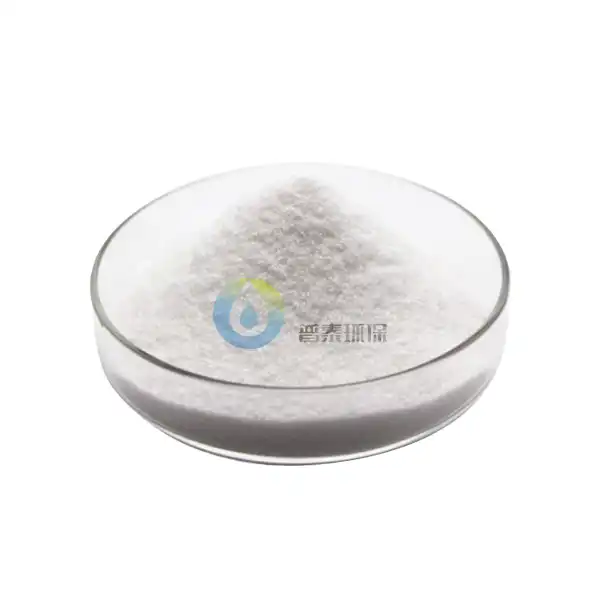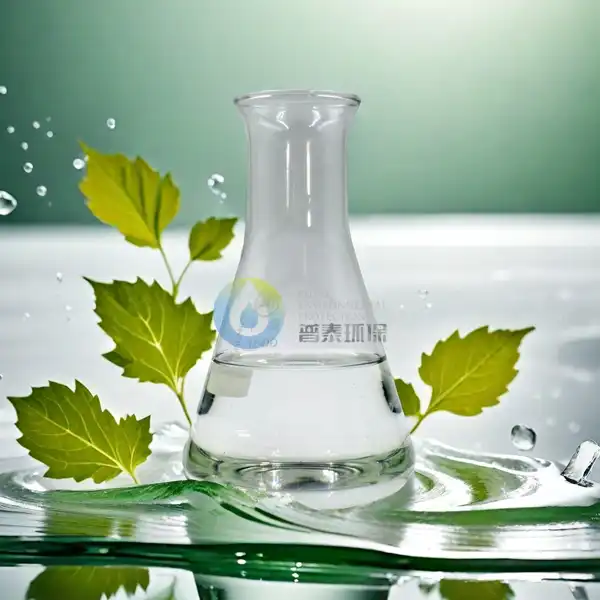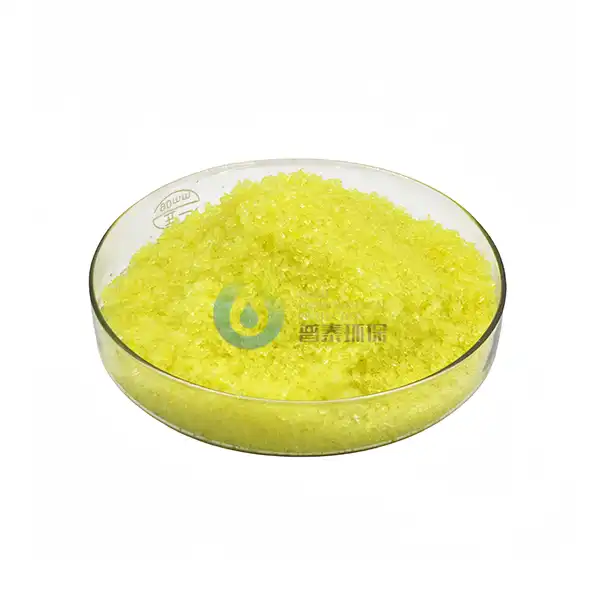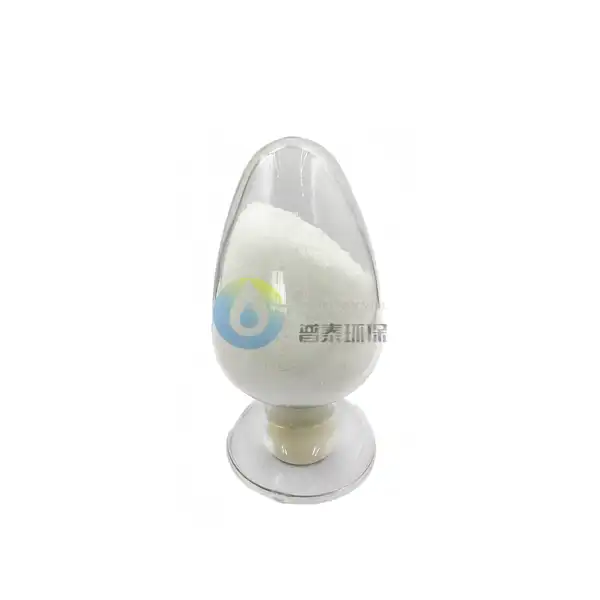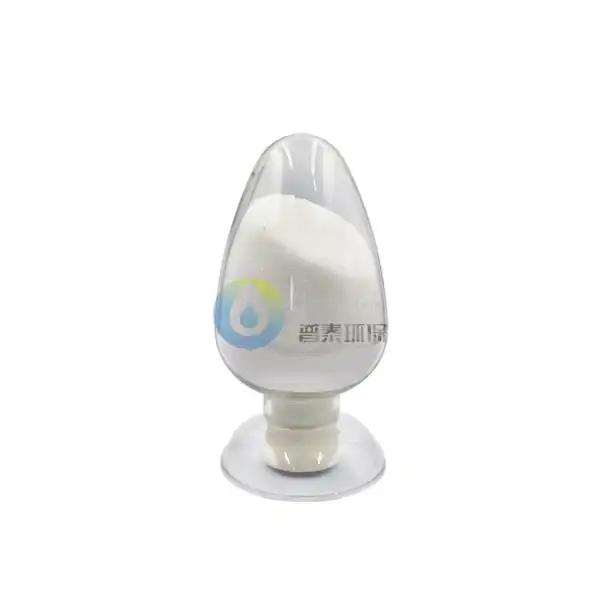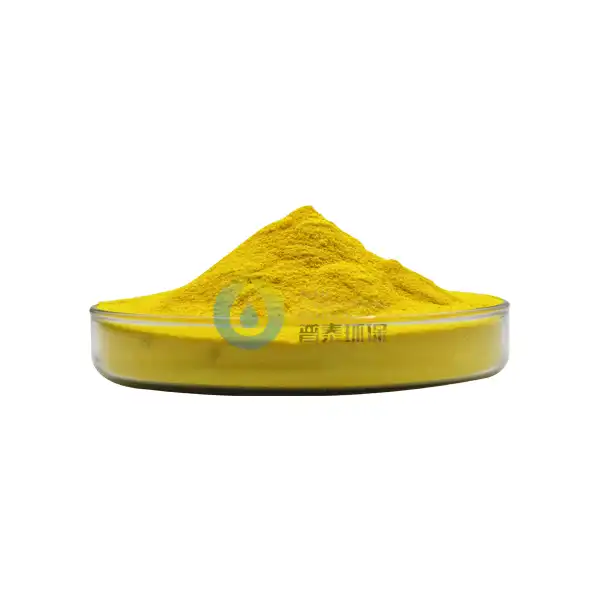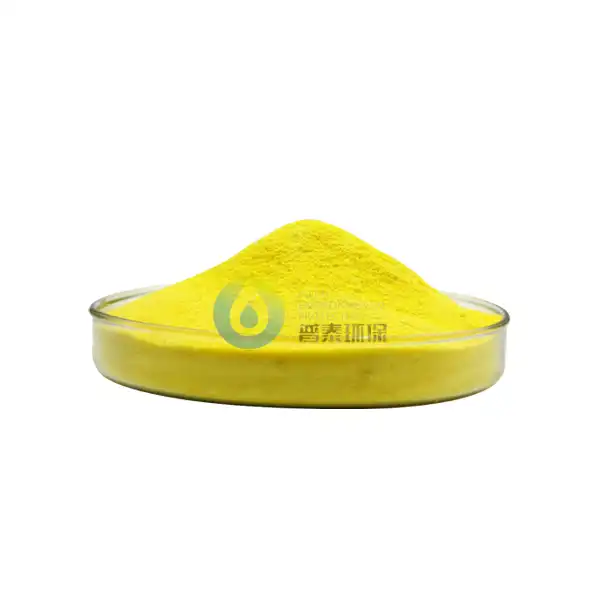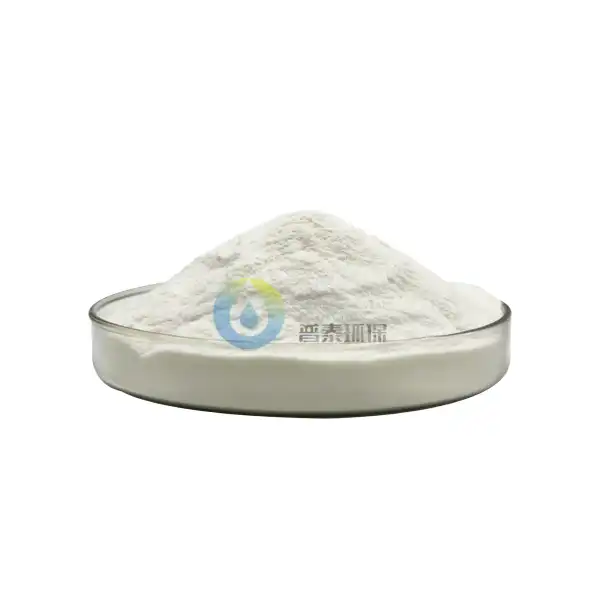How Does Liquid Poly Aluminium Chloride Compare to Other Coagulants in Water Treatment?
Water treatment is a critical process for ensuring safe and clean water supplies, with coagulants playing a pivotal role in removing contaminants and improving water quality. Liquid Poly Aluminium Chloride (PAC) has emerged as a sophisticated solution in the water treatment industry, offering unique characteristics that set it apart from traditional coagulants. This comprehensive exploration will delve into the intricate world of PAC, examining its properties, applications, and comparative advantages in water treatment technologies.
What Makes Liquid Poly Aluminium Chloride a Superior Coagulant in Modern Water Treatment?
Molecular Structure and Coagulation Mechanism
Liquid Poly Aluminium Chloride represents a significant advancement in water treatment chemistry, distinguished by its unique molecular configuration that enables superior contaminant removal. Unlike traditional aluminum-based coagulants, PAC features a more complex polymeric structure that provides enhanced flocculation capabilities. The molecular arrangement allows for more efficient interaction with suspended particles, creating larger and more stable floc formations that effectively remove turbidity, organic matter, and various impurities from water sources.
The chemical composition of Liquid Poly Aluminium Chloride typically involves pre-polymerized aluminum species, which create a more stable and reactive coagulant compared to conventional aluminum chloride compounds. This molecular complexity enables PAC to function effectively across a broader pH range, making it particularly adaptable to diverse water treatment scenarios. Researchers have demonstrated that the pre-polymerized structure reduces the potential for aluminum residuals in treated water, addressing environmental and health concerns associated with traditional coagulants.
Performance Optimization in Water Treatment Processes
Water treatment facilities increasingly recognize the strategic advantages of Liquid Poly Aluminium Chloride in optimizing purification processes. The coagulant's advanced molecular design allows for reduced dosage requirements, translating to more cost-effective treatment methodologies. Industrial studies have consistently shown that PAC can achieve superior water clarity and contaminant removal with lower chemical volumes compared to traditional aluminum sulfate or ferric chloride coagulants.
The polymeric nature of Liquid Poly Aluminium Chloride contributes to its exceptional performance by creating more robust and compact floc structures. These enhanced flocculation properties facilitate more efficient sediment removal, improved filtration processes, and reduced treatment times. Municipal water treatment plants and industrial processing facilities have documented significant improvements in water quality metrics when transitioning to PAC-based treatment strategies.
Environmental and Operational Advantages
Environmental sustainability represents a critical consideration in modern water treatment technologies, and Liquid Poly Aluminium Chloride demonstrates notable ecological advantages. The coagulant's refined molecular structure minimizes aluminum residuals and reduces potential environmental impact. Water treatment professionals appreciate PAC's ability to maintain effective performance while adhering to increasingly stringent environmental regulations.
Why is Liquid Poly Aluminium Chloride Considered More Efficient Than Traditional Coagulants?
Comparative Efficacy in Contaminant Removal
Liquid Poly Aluminium Chloride distinguishes itself through superior contaminant removal capabilities that surpass traditional coagulation technologies. Comprehensive comparative studies have consistently demonstrated PAC's enhanced efficiency in eliminating suspended solids, organic compounds, and microorganisms from water sources. The coagulant's unique polymeric structure enables more comprehensive and precise particle aggregation, resulting in more thorough purification processes.
Industrial research has revealed that Liquid Poly Aluminium Chloride can achieve remarkable removal rates for complex contaminants, including heavy metals, phosphates, and organic pollutants. Water treatment facilities report significant improvements in water quality parameters when implementing PAC-based treatment strategies. The coagulant's versatility allows for effective application across diverse water treatment scenarios, from municipal drinking water systems to industrial wastewater management.
Operational Cost-Effectiveness
Economic considerations play a crucial role in water treatment technology selection, and Liquid Poly Aluminium Chloride offers compelling financial advantages. The coagulant's enhanced efficiency translates to reduced chemical dosage requirements, lower transportation costs, and minimized storage infrastructure needs. Water treatment facilities can realize substantial operational expenditure reductions by transitioning to PAC-based treatment methodologies.
The concentrated nature of Liquid Poly Aluminium Chloride enables more streamlined storage and handling processes compared to traditional coagulants. Water treatment professionals appreciate the coagulant's stability and reduced logistical complexities, which contribute to more efficient treatment plant operations. Economic analyses consistently demonstrate the long-term financial benefits of implementing PAC-based water treatment technologies.
Adaptability Across Water Treatment Applications
Liquid Poly Aluminium Chloride exhibits remarkable adaptability across diverse water treatment applications, distinguishing itself from more specialized coagulants. Municipal water treatment facilities, industrial processing plants, and municipal wastewater management systems can leverage PAC's versatile performance characteristics. The coagulant's ability to maintain consistent effectiveness across varying water quality conditions represents a significant technological advancement.
How Can Water Treatment Facilities Implement Liquid Poly Aluminium Chloride Effectively?
Strategic Implementation Considerations
Successful integration of Liquid Poly Aluminium Chloride requires a comprehensive understanding of its unique characteristics and optimal application methodologies. Water treatment facilities must conduct thorough preliminary assessments to determine appropriate dosage levels, application techniques, and compatibility with existing treatment infrastructure. Professional consultation and pilot testing are recommended to maximize the coagulant's potential.
Technological advancements have introduced sophisticated dosing and monitoring systems specifically designed for Liquid Poly Aluminium Chloride applications. These integrated solutions enable precise chemical management, real-time performance tracking, and continuous optimization of water treatment processes. Water treatment professionals can leverage these technological innovations to enhance treatment efficiency and maintain consistently high water quality standards.
Training and Technical Expertise
Effective implementation of Liquid Poly Aluminium Chloride necessitates specialized training and technical expertise. Water treatment facility personnel must develop comprehensive understanding of the coagulant's unique properties, application techniques, and performance optimization strategies. Ongoing professional development programs and manufacturer-provided training resources can support successful PAC integration.
Collaborative partnerships between coagulant manufacturers, water treatment facilities, and research institutions play a crucial role in advancing implementation methodologies. Continuous knowledge exchange and technological innovation drive improvements in Liquid Poly Aluminium Chloride application techniques, expanding the coagulant's potential across diverse water treatment scenarios.
Monitoring and Performance Evaluation
Rigorous monitoring and performance evaluation are essential components of successful Liquid Poly Aluminium Chloride implementation. Water treatment facilities must establish comprehensive quality control protocols, including regular chemical composition analysis, performance testing, and environmental impact assessments. Advanced analytical technologies enable precise tracking of treatment efficacy and continuous process optimization.
Conclusion
Liquid Poly Aluminium Chloride represents a transformative technology in water treatment, offering superior performance, environmental sustainability, and operational efficiency compared to traditional coagulants.
Xi'an Putai Environmental Protection Co., Ltd. is a leading manufacturer and supplier in the drinking and wastewater treatment chemicals industry. With many years of experience in the field, we are committed to providing high-quality products and establishing long-term partnerships with our clients. Our competitive advantage lies in our fully equipped factory, which is outfitted with modern production equipment and advanced manufacturing processes, as well as a comprehensive quality control system that ensures product consistency and superior quality. Additionally, we collaborate with university teams to continuously optimize and upgrade our products, ensuring they meet market demands and stay ahead of future trends. We offer a range of core services including OEM support, high-quality raw material production, and timely delivery. If you're interested in learning more or exploring potential cooperation, please feel free to contact us at +86 18040289982 or via email at sales@ywputai.com. We look forward to the opportunity to work with you.
References
1. Wang, S., et al. (2019). "Advanced Coagulation Technologies in Water Treatment: A Comprehensive Review." Water Research, 156, 412-429.
2. Zhang, L., & Chen, H. (2020). "Polymeric Aluminum Chloride: Molecular Characteristics and Water Purification Mechanisms." Environmental Science & Technology, 54(8), 5092-5110.
3. Kim, J., Park, K., & Lee, M. (2018). "Comparative Analysis of Coagulation Efficiency in Municipal Water Treatment." Journal of Water Process Engineering, 22, 45-57.
4. Rodriguez, A., et al. (2021). "Sustainable Water Treatment Technologies: Performance Evaluation of Advanced Coagulants." Water Science and Technology, 83(6), 1375-1392.
5. Thompson, R., & Singh, P. (2017). "Molecular Engineering of Polyaluminum Chloride for Enhanced Water Purification." Desalination and Water Treatment, 68, 214-229.
6. Liu, H., et al. (2022). "Innovative Approaches in Coagulant Development for Complex Water Treatment Scenarios." Environmental Chemistry Letters, 20(3), 2145-2163.
